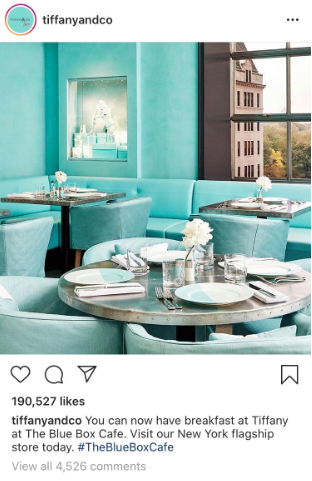
You want your customers to love your brand, regardless of how they shop. In-store? Online? Who cares, as long as they keep coming back!
In reality, it’s not a question of whether to prioritize in-store or online shopping; it’s all about creating a magnetic shopping experience. Most shoppers are using both channels on a regular basis, as well as mobile and social media. You need to be sure that wherever they go, they’ll have the best possible shopping experience.
We’re still waiting for a retail brand to claim that they’ve created the perfect customer-centric shopping experience. But if and when they do, it will probably be because they took these four game-changing steps—at a minimum.
Integrate Your Online and In-Store Shopping
The best version of omnichannel retail features software that fully integrates the online and in-store experience. Online customer shopping profiles should be accessible in-store so employees can look up order histories and other information.
Real-time inventory information should be available across channels to help online shoppers find a product locally—or to help in-store shoppers place an order for delivery. Online coupon codes should be redeemable in-store, and product prices and descriptions need to be consistent across both platforms. Better yet, provide the option for shoppers to build up loyalty points as an incentive to keep coming back.
Solid retail technology makes these features and services possible. By adopting solutions that can track and support both online and in-store interactions, you’ll be able to deliver a more consistent and frictionless customer experience.
Get Social (In More Ways Than One)
The luxury jeweler Tiffany & Co. may be a legacy brand in its own industry, but it uses social media to connect with a younger audience and turn its retail locations into must-see destinations.
The brand has created dynamic, colorful retail spaces for the sole purpose of inspiring user-generated content at their locations. This increases foot traffic to their stores and encourages social engagement between the brand, social influencers, and those influencers’ followers.

Take advantage of Instagram and other social networks to turn social platforms into the new front page of your online retail store. Your business can harness the power of this social engagement to support social selling and drum up interest in your brick-and-mortar locations.
Make Delivery and Returns as Easy as Possible
A warehouse retailer like Costco may not strike you as one of the world’s most innovative brands, but it consistently ranks among the top global brands when it comes to offering a rewarding customer experience.
Costco has earned deep customer loyalty with two key features that eliminate friction. First, the company offers expanded delivery options to give shoppers flexibility in how they want to receive items, including orders that may be difficult to buy at a store and transport home, such as a large couch or patio set.
In addition, Costco offers a generous return policy and the ability to return online orders in-store. This buy-online, return in-store (BORIS) option is a crucial aspect of customer-centric retail and a vital offering for a business with a large physical footprint like Costco. The returns process is also largely automated, addressing one of the biggest headaches that come with making returns at other stores. By addressing these key points of friction, Costco is winning over modern shoppers.
Embrace Phygital Retail
Nothing blends online and in-store retail—in a literal sense—better than phygital retail experiences. This approach uses technology and immersive experiences to overlay the in-store experience with the data and engagement more typically expected from online shopping.
Phygital retail can feature a wide range of touchpoints. Smart mirrors can augment clothing to show you different colors of a product, while in-store signage can display different ads based on demographic data taken from your customers’ physical appearance.
Phygital retail can also include the use of sensors and other video to analyze in-store behavior, see what’s working and what isn’t, and orchestrate a more engaging brick-and-mortar experience.
Even though it started as an online-only retailer, MADE.COM has had a lot of success using phygital retail to build an engaging in-store presence in each of its showrooms. Super-sized digital screens feature shoppable Instagram feeds, QR codes for each item, and a tool called Find My Style that helps customers find products that suit their personal tastes.
Want to create the ultimate shopping experience? Think about what your customers would tell their friends about. Products can be purchased anywhere, but an innovative brand experience is unique—and that’s what will keep them coming back.


